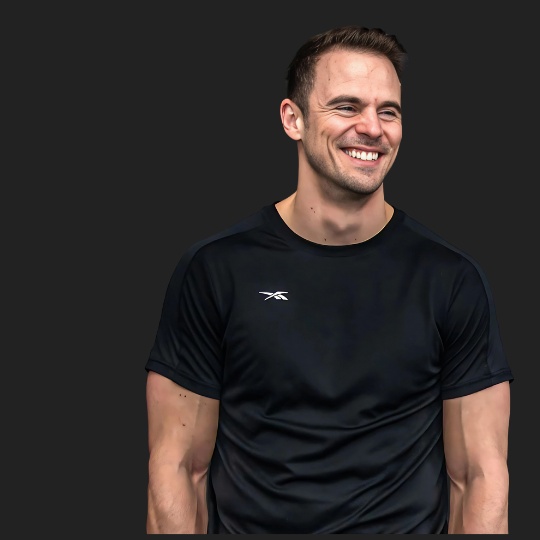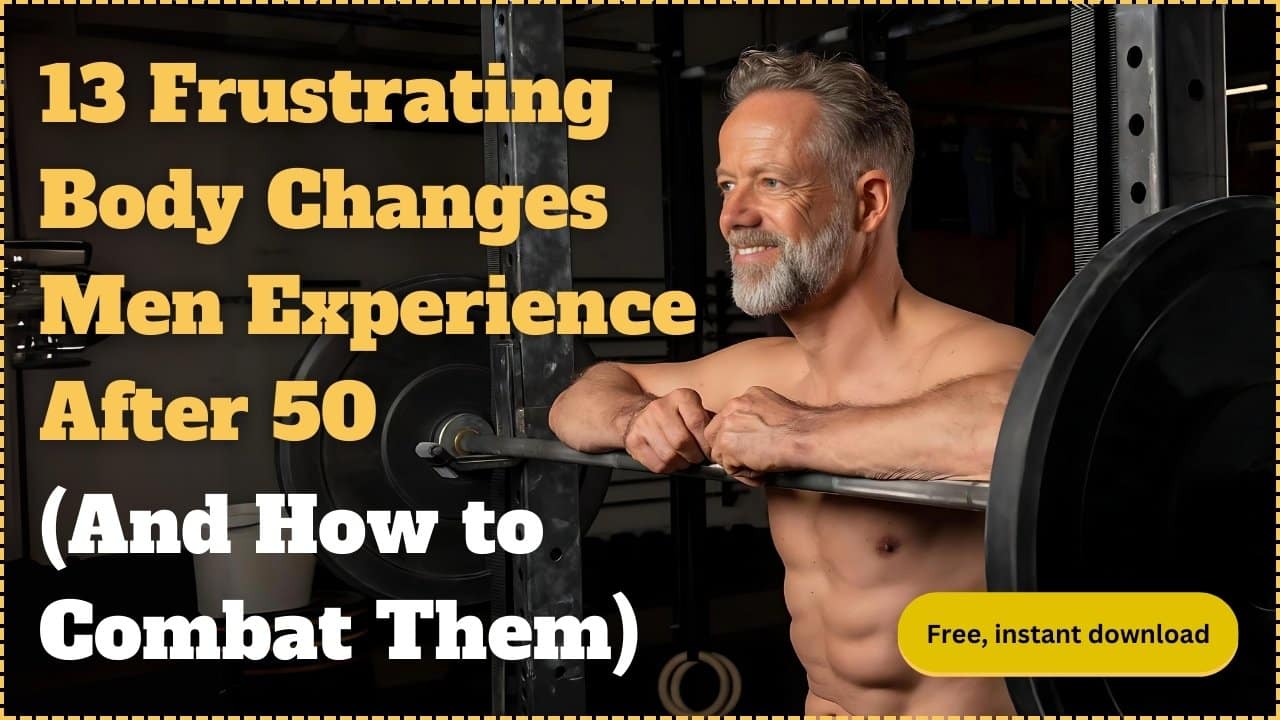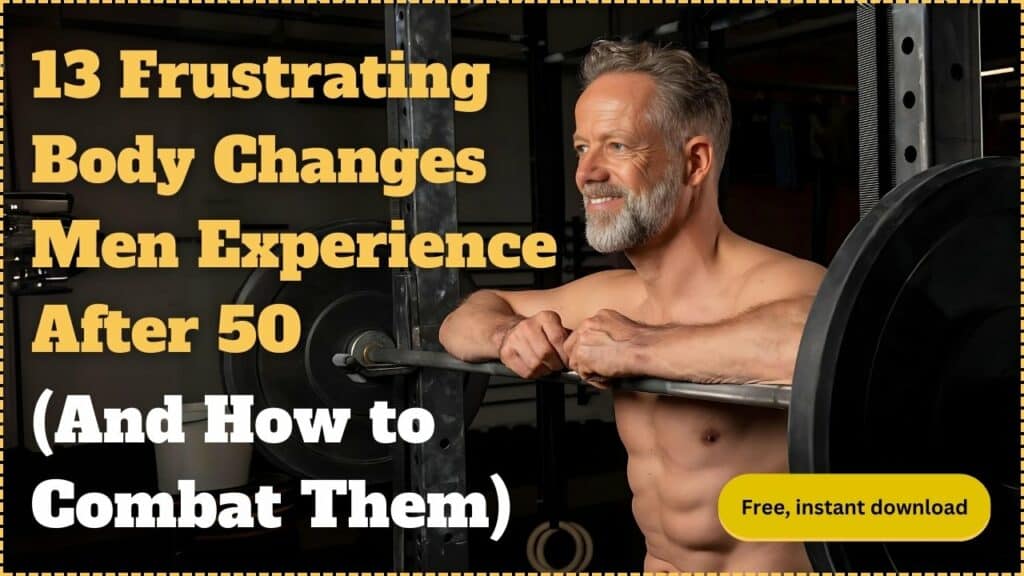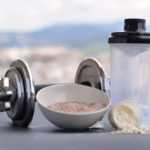As athletes, we often focus so intently on pushing our limits that we sometimes overlook a crucial aspect of any training regimen: injury prevention.
Injuries can be more than just a temporary hiccup; they can derail training schedules, impede progress, and, in severe cases, end careers.
This article is a no-nonsense guide, packed with practical, evidence-based strategies aimed at reducing your injury risk. Whether you’re a seasoned CrossFit enthusiast, a weekend warrior, or an aspiring Olympian, here’s how to develop a plan to prevent injuries.
Jump to:
Understanding Injury Prevention
Common Injuries in Sports: A Closer Look
In the realm of athletics, injuries are, unfortunately, part of the game. But knowing your enemy is half the battle. Let’s take a moment to shine a spotlight on some of the most common injuries athletes face.
Muscle Strains: Ever heard of the dreaded hamstring pull? Muscle strains are all too familiar in sports. They happen when fibers in the muscle tear, usually due to overstretching or overuse.

Ligament Sprains: Ankles and knees, beware. Ligament sprains occur when these bands connecting bones stretch too far or tear. A quick pivot or a wrong landing, and you’re on the bench.

Tendonitis: Overuse leads to inflammation and pain in the tendons, often seen in shoulders, elbows, and wrists. Repetitive motions are the usual culprits here.

Stress Fractures: They’re tiny cracks in the bone, but their impact is mighty. Stress fractures are often a result of overtraining and insufficient rest.
Concussions: Not just a concern in contact sports. Concussions, a type of traumatic brain injury, can occur in any sport and have serious long-term effects.
The Science Behind Injury Prevention
Now, let’s pivot to a more uplifting topic: preventing these injuries. The science of injury prevention is a dynamic field, constantly evolving as we gain new insights into the human body.
Strength Training: It’s not just about bulking up. Strength training fortifies muscles, tendons, and even bones, creating a more resilient body less prone to injury.
Flexibility and Mobility Work: Imagine your muscles and joints are like a rubber band. The more you can safely stretch and move them, the less likely they are to snap. Regular stretching and mobility exercises enhance this aspect.
Proper Technique: This is where the art meets science. Correct form in any exercise or sporting activity redistributes stress away from vulnerable areas, preventing overuse and acute injuries.
Rest and Recovery: Muscles and tissues need time to heal and strengthen, especially after intense activity. Skimping on rest is like driving your car on a flat tire – eventually, it’s going to break down.
Nutrition and Hydration: Fueling your body correctly and keeping it hydrated are like giving it the right tools and materials to repair and maintain itself.
Cross-Training: Engaging in different types of workouts can prevent overuse injuries by not overloading the same muscle groups repeatedly.
Mental Health: Often overlooked, mental health plays a significant role. Stress, lack of sleep, and anxiety can all lower your body’s defenses against injuries.
Core Strategies for Injury Prevention
Listening to Coaches and Experts
When it comes to injury prevention, heeding the advice of seasoned coaches and sports medicine experts is like following a well-marked trail – it steers you away from potential pitfalls. These professionals bring a wealth of knowledge, not just from textbooks, but from real-world experience.
As Greg Glassman, founder of CrossFit, said, “The greatest adaptation to CrossFit takes place between the ears.” This encapsulates the importance of learning and absorbing knowledge from those who have navigated the treacherous waters of athletic injuries.
Expert Insight: Dr. Kelly Starrett, a renowned physical therapist and author, emphasizes, “Good movement is good prevention.” This quote underscores the importance of expert guidance in injury prevention, advocating for a proactive approach to training.
Body Awareness and Response
Athletes are often lauded for their physical prowess, but a lesser-acknowledged skill is body awareness – the ability to listen to and interpret the body’s signals. Pain is not just a symptom; it’s a communication tool. Distinguishing between the discomfort of growth and the warning signs of potential injury is crucial.
Case Study: Consider the story of Rich Froning, a four-time CrossFit Games champion. His journey is a testament to the importance of listening to his body. After experiencing debilitating back pain, Froning adjusted his training regimen, focusing more on recovery and mobility. This pivot not only alleviated his pain but also enhanced his performance.
Technique and Form
Now, let’s talk about the cornerstone of injury prevention: technique and form. Proper technique is the language through which we express our athletic capabilities safely and effectively.
Visual Aid: Imagine a side-by-side comparison of a deadlift: one image showing a rounded back, the other a neutral spine. This powerful visual instantly communicates the do’s and don’ts, emphasizing the importance of form.
Form-Focused Exercises: Take, for example, the air squat. It’s a foundational movement in many sports and a perfect exercise to practice form. Focusing on keeping the chest up, weight on the heels, and knees tracking over toes can transform this simple movement into a powerful tool for injury prevention.
Specialized Focus Areas
Core Strength and Stability
A strong core is the epicenter of an athlete’s strength and stability. It’s not just about sculpting abs; it’s about creating a solid foundation that supports every move you make. Core strength is vital in reducing the risk of injuries, especially in the lower back area, a common site of athletic injury.
Exercises for Core Strengthening: Planks, Russian twists, and dead bugs aren’t just exercises; they are investments in your body’s structural integrity. Incorporating these into your routine ensures a more balanced and injury-resistant physique.
Impact on Injury Prevention: A robust core acts like a natural brace for your entire body, particularly during high-impact activities. It aids in maintaining proper posture and alignment, which is crucial in movements like squats, deadlifts, and even running.
Nutritional Guidance for Injury Prevention
Your diet is as much a part of your training as the weights you lift or the miles you run. Proper nutrition provides the building blocks for muscle recovery and joint health, playing a significant role in injury prevention.
Foods for Muscle and Joint Health: Omega-3 rich foods like salmon, flaxseeds, and walnuts are known for their anti-inflammatory properties. Calcium and Vitamin D-rich foods, such as dairy products and leafy greens, are essential for bone health. Protein is the cornerstone for muscle repair – think lean meats, legumes, and tofu.
Personalized Nutrition Plans: Each athlete’s body is unique, and so are their nutritional needs. Tailoring your diet based on your specific sport, activity level, and individual health goals is key. For instance, a long-distance runner’s diet will differ significantly from that of a weightlifter.
Mental Health and Injury Prevention
Injury prevention isn’t just a physical endeavor; it’s a mental one as well. The mind-body connection plays a pivotal role in how we train, recover, and respond to our body’s signals.
Psychological Aspects of Injury Prevention: Mental resilience is critical. Stress, anxiety, and inadequate sleep can increase the risk of injury by diminishing focus and slowing down recovery.
Strategies for Mental Resilience and Stress Management: Practices like mindfulness, meditation, and yoga are not just trends; they are tools to enhance mental well-being. Regular engagement in these practices can improve focus, reduce stress levels, and lead to better decision-making, both in and out of the gym.
Advanced Preventive Measures
Tailored Advice for Different Athletic Levels
Injury prevention is not a one-size-fits-all scenario. The strategies vary significantly across different athletic levels – beginner, intermediate, and advanced. Let’s break it down:
Beginners: Start slow. Focus on mastering the fundamentals of form and technique. Over-enthusiasm without proper guidance is a common trap. Be patient; Rome wasn’t built in a day, and neither is an athlete’s body.
Intermediate Athletes: Now that you’ve got the basics down, it’s time to up the ante – but wisely. Gradually increase the intensity and complexity of your workouts. Cross-training can be particularly beneficial at this stage to balance your development.
Advanced Athletes: At this level, fine-tuning is key. Pay attention to the subtleties of your body’s response to different training modalities. It’s also crucial to balance high-intensity workouts with adequate recovery time to prevent overuse injuries.
Incorporating Technology in Prevention
Welcome to the digital age of fitness where technology plays a crucial role in injury prevention. Apps, wearables, and monitoring tools are revolutionizing how we train.
Apps: From workout planners to posture-correcting apps, technology offers a plethora of options. Apps like MyFitnessPal help track nutrition, while others like Strava monitor your training patterns.
Wearables: Devices like the WHOOP strap or Fitbit provide invaluable insights into your body’s recovery, strain, and sleep patterns, allowing for a more tailored training program.
Monitoring Tools: Gadgets like posture screens and motion sensors help in ensuring that exercises are performed with the correct form, drastically reducing the risk of injury.
Keeping Up with Research
Staying abreast with the latest findings in sports medicine is crucial for evolving injury prevention strategies. Research in areas like biomechanics, nutrition, and recovery techniques continually reshapes our understanding of what it means to train safely and effectively.
Recent Findings: For instance, recent studies highlight the significance of vitamin D in muscle recovery and the role of mindfulness in enhancing focus and reducing injury risk.
Application to Training: Integrating these findings into your training could mean tweaking your nutrition, incorporating mindfulness practices, or adjusting your workout intensity and recovery periods.
Building a Personalized Injury Prevention Plan
Crafting a personalized injury prevention plan is like designing a bespoke suit – it needs to fit your specific requirements perfectly. This plan isn’t just a list of exercises or recommendations; it’s a comprehensive approach tailored to your unique athletic profile. Here’s how to create one:
Analyzing Your Athletic Profile
First things first, understanding your specific needs is crucial. This means taking a holistic view of several key factors:
Age: Your age significantly influences your training and recovery needs. Younger athletes might bounce back quicker but require guidance to avoid overtraining. Older athletes might need more focus on flexibility and recovery.
Fitness Level: Are you just starting, or are you a seasoned athlete? Your fitness level dictates the intensity and type of preventive measures needed. Beginners might focus more on basic strength and technique, while advanced athletes might need more sport-specific drills.
Past Injuries: History of injuries? It’s imperative to tailor your plan to avoid re-injury. This might mean specific strengthening exercises or modified training methods.
Sport-Specific Risks: Different sports have different risk profiles. A basketball player might focus on knee and ankle stability, while a swimmer might concentrate on shoulder health.
Creating the Plan
With a clear understanding of your athletic profile, it’s time to put together your plan. This plan should be dynamic, adaptable, and continuously evolving, just like you. Here are the components to consider:
Strength and Conditioning: Include exercises that build the muscle groups most used in your sport. Don’t forget to balance this with overall strength to prevent imbalances.
Flexibility and Mobility Work: Incorporate a routine that enhances your range of motion and prevents stiffness, tailored to the demands of your sport.
Technique Refinement: Work with a coach or use technology to analyze and perfect your technique. This is especially crucial in sports that involve repetitive motions.
Rest and Recovery Strategies: Plan your rest days and recovery methods, such as sleep, nutrition, and active recovery, as meticulously as your training days.
Mental Health Practices: Incorporate stress management and mental resilience techniques. Remember, a healthy mind is integral to a healthy body.
Regular Assessments: Schedule periodic assessments to track your progress and tweak the plan as needed.















